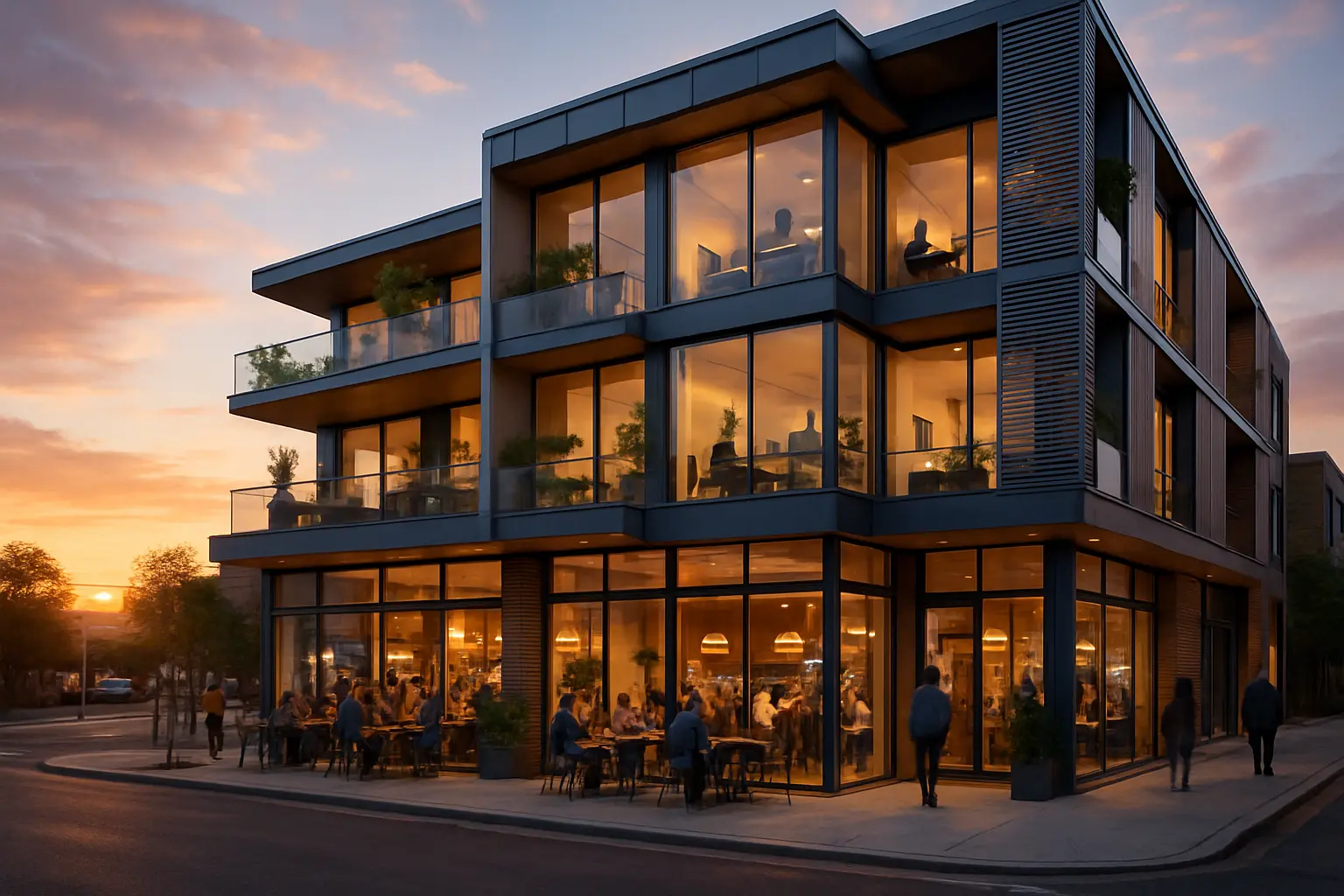Mixed-Use Magic: The Rise of Live-Work Properties
Discover how the fusion of residential and commercial spaces is reshaping modern real estate and creating unique investment opportunities

The Evolution of Mixed-Use Properties
The landscape of real estate is undergoing a remarkable transformation as mixed-use properties emerge as the cornerstone of modern urban development. These innovative spaces, which seamlessly blend residential and commercial functions, are revolutionizing how we think about the relationship between living and working environments.
In recent years, the surge in remote work has accelerated the demand for properties that can accommodate both professional and personal life under one roof. This shift represents more than just a trend; it's a fundamental reimagining of urban spaces that addresses the evolving needs of today's workforce.
Benefits for Property Investors
Mixed-use properties offer compelling advantages for savvy investors looking to diversify their portfolios. Here are the key benefits:
- Multiple Revenue Streams: Income generation from both residential and commercial tenants
- Risk Mitigation: Diversified tenant base provides greater stability
- Higher Property Values: Premium pricing due to increased functionality and demand
- Tax Advantages: Potential for multiple tax benefits across different property uses
Investors are particularly drawn to the flexibility these properties offer in adapting to market changes. During economic shifts, spaces can be reconfigured to meet evolving market demands, providing a built-in hedge against market volatility.
Design and Functionality
Successful live-work properties share several essential design elements that maximize both comfort and productivity:
Key Design Features
- Flexible Floor Plans: Adaptable spaces that can transition between work and living areas
- Sound Isolation: Strategic design to minimize noise transfer between units
- Professional Amenities: High-speed internet infrastructure, meeting spaces, and business centers
- Lifestyle Integration: Shared spaces that promote community and collaboration
The most successful mixed-use developments are those that create a seamless flow between professional and personal spaces while maintaining the distinct character of each.
Future-Proofing Your Investment
As we look ahead, mixed-use properties are positioned to meet the challenges of tomorrow's real estate market. Smart technology integration, sustainable design practices, and adaptable spaces are becoming standard features rather than luxuries.
Emerging Trends
- Smart Building Systems: Automated climate control and security features
- Sustainable Design: Energy-efficient systems and green building materials
- Community Integration: Spaces that foster connection and collaboration
- Health and Wellness: Features promoting work-life balance and wellbeing
The future of mixed-use properties lies in their ability to adapt to changing demographics, technology, and work patterns. Investors who understand and embrace these evolving needs position themselves for long-term success in this dynamic market segment.
Investment Considerations
When evaluating mixed-use opportunities, consider these crucial factors:
- Location Analysis: Proximity to amenities and transportation
- Market Demographics: Understanding the local population and business needs
- Zoning Regulations: Compliance with local mixed-use development codes
- Future Development: Potential for area growth and appreciation
Mixed-use properties represent more than just a real estate investment; they're a commitment to the future of how we live and work. As these spaces continue to evolve, they offer increasingly sophisticated solutions for both investors and occupants, creating value through versatility and innovation.


